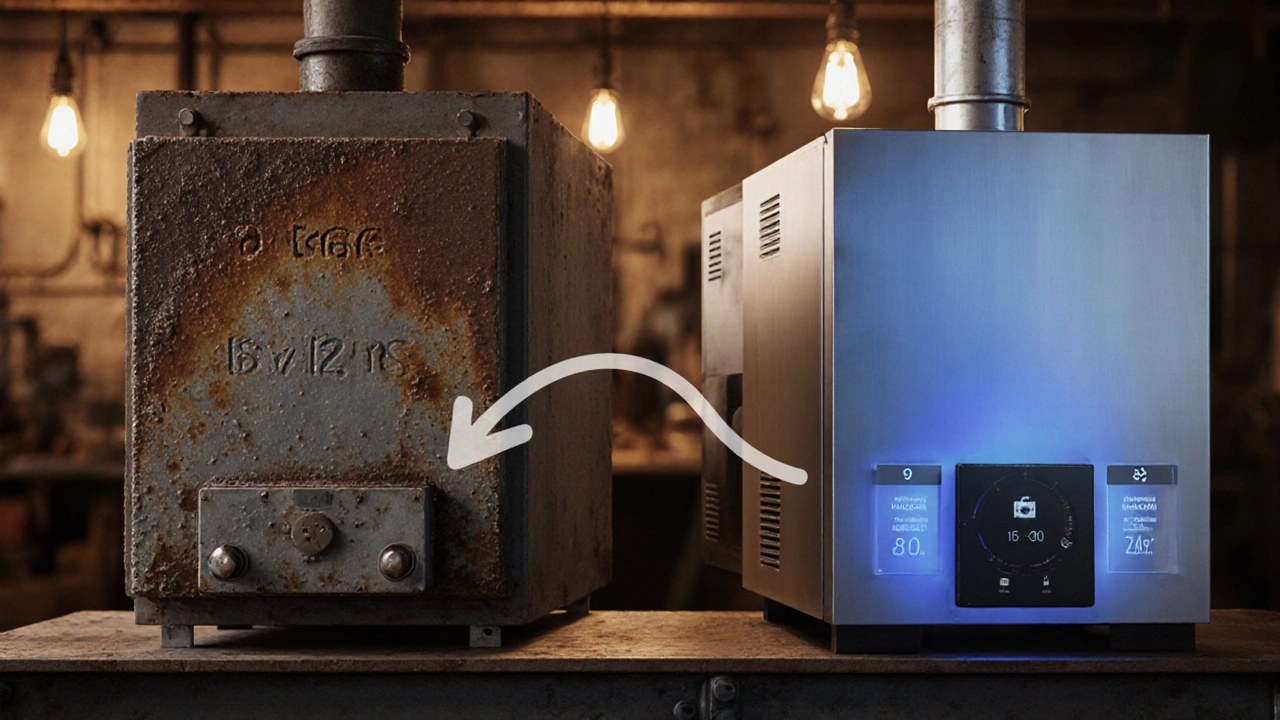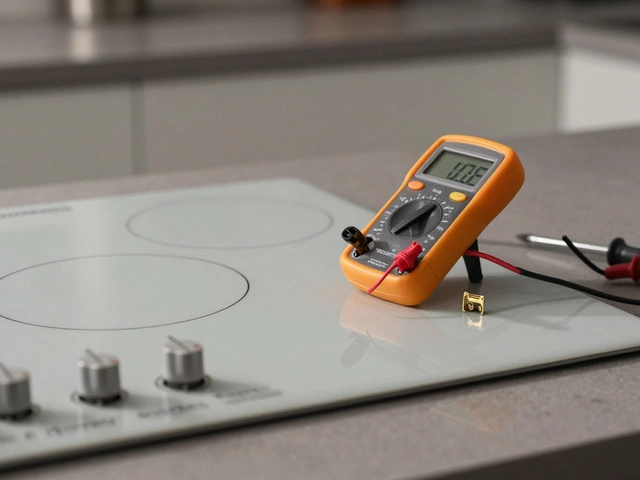Boiler Lifespan Guide
When thinking about boiler lifespan, the expected service life of a domestic heating boiler under normal use. Also known as boiler life expectancy, it helps homeowners plan maintenance, repairs and replacement.
Boiler maintenance, routine inspections, cleaning and servicing performed by a qualified engineer is the most effective way to stretch that lifespan. Boiler repair, fixes for leaks, pressure loss or ignition problems addresses issues that arise between services and can add years to the unit. When wear reaches a point where parts fail frequently, boiler replacement, installing a new, more efficient boiler becomes the sensible choice. All of these decisions sit inside the broader heating system, the network of pipes, radiators and controls delivering warmth to a home that the boiler powers.
Key factors that determine how long a boiler lasts
Age alone doesn’t tell the whole story. The material of the heat‑exchange core—copper versus stainless steel—directly influences corrosion resistance, which in turn impacts lifespan. Water quality is another driver; hard water leaves scale that gnaws at tubes, while softened water reduces that risk. Usage patterns matter too: a boiler that runs constantly in a large house ages faster than one that cycles a few times a day. Finally, the frequency of professional service—usually once a year—sets the stage for early detection of wear.
When you combine good water treatment, regular servicing and sensible use, you create a triple effect: boiler lifespan extends, repair frequency drops, and energy bills shrink. That’s why many UK homeowners aim for a service schedule that matches the manufacturer’s warranty, typically 12‑month intervals.
Another often‑overlooked factor is the type of fuel. Modern condensing gas boilers tend to live 15‑20 years because they run cooler and cause less stress on components. Oil‑fired units can last a similar period if the filter and burner are kept clean. Electric boilers have fewer moving parts, so they often exceed 20 years, but they rely heavily on a stable electrical supply.
If a boiler starts losing pressure, developing strange noises, or showing error codes, those are warning signs that the internal components are wearing out. Ignoring them reduces the remaining lifespan dramatically. Quick fixes—like refilling the pressure or bleeding radiators—can buy weeks or months, but a persistent problem usually signals the need for a professional inspection.
Cost plays a big role in the repair‑or‑replace decision. Minor faults such as a faulty thermostat or a leaking valve often cost under £150 to fix, adding a few extra years to the unit. Once the repair bill climbs above 50 % of a new boiler’s price, most experts recommend replacement, especially if the old model lacks modern efficiency ratings.
When you decide to replace, the choice of a new boiler affects future lifespan. Look for the ENERGY STAR label, a high Annual Fuel Utilisation Efficiency (AFUE) rating, and a warranty of at least 10 years on the heat exchanger. Those specs not only lower running costs but also indicate a design built for long‑term reliability.
Even after a new boiler is fitted, the same maintenance habits that prolonged the old unit will lengthen the new one’s life. Annual servicing, regular descaling, and occasional pressure checks create a feedback loop: each action reinforces the next, keeping the heating system in top shape.
In summary, boiler lifespan is a product of material quality, water condition, usage intensity, maintenance frequency, and timely repairs. Understanding how each element interacts helps you make smarter choices, whether you’re budgeting for a service visit or planning a full replacement.
Below you’ll find a hand‑picked collection of articles that dive deeper into every angle—maintenance checklists, repair cost breakdowns, replacement guides, and emergency safety tips—so you can keep your heating running smoothly for years to come.


